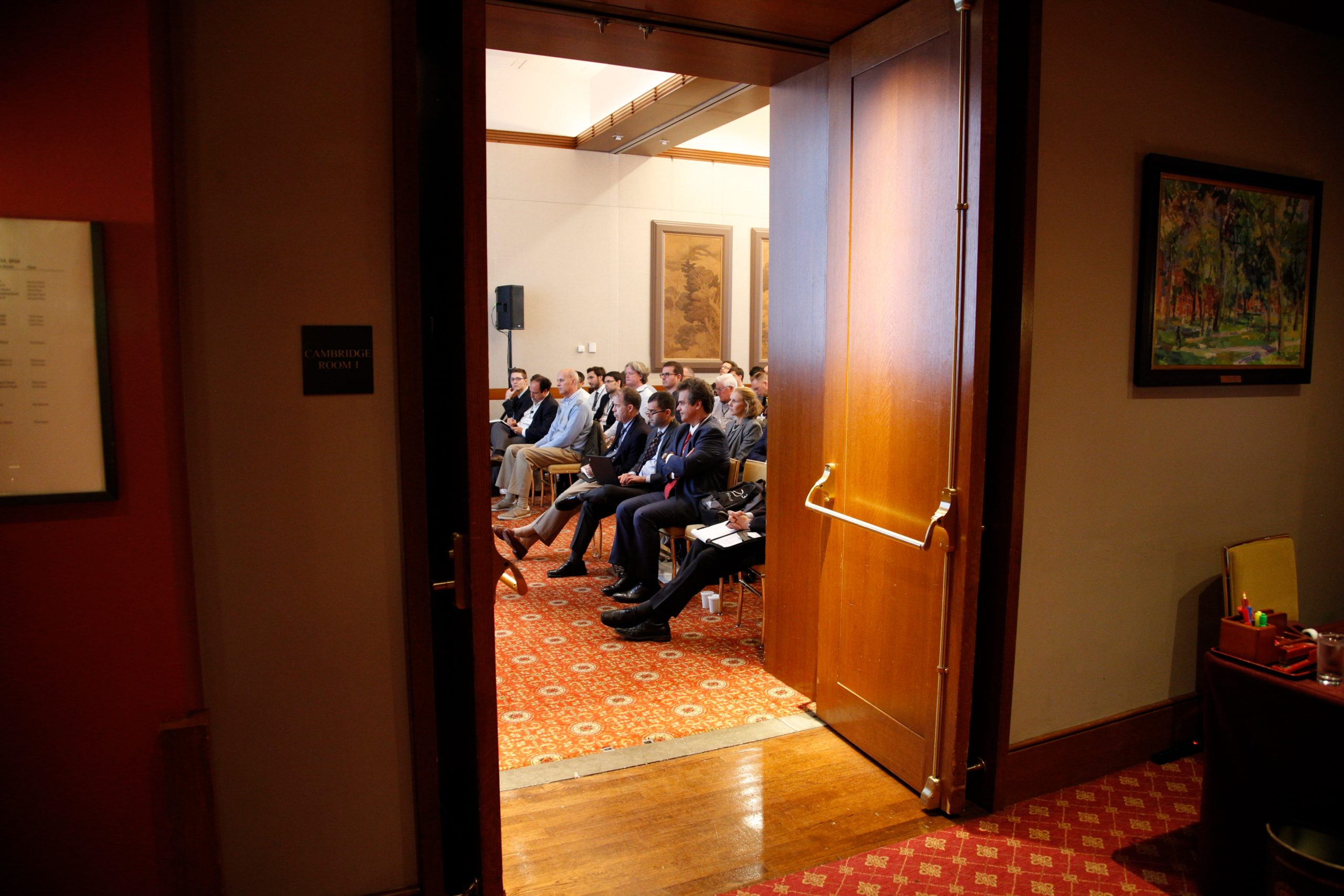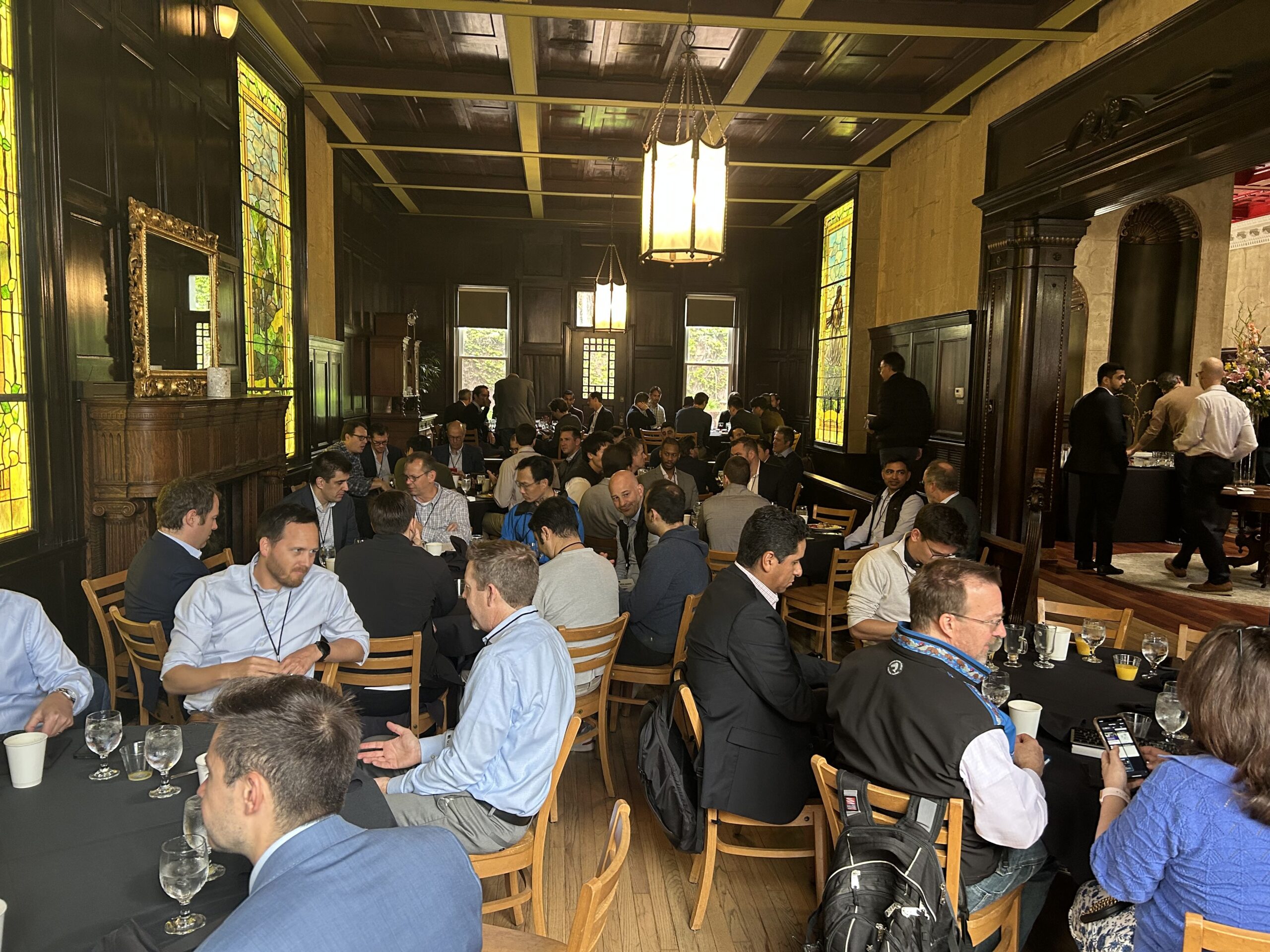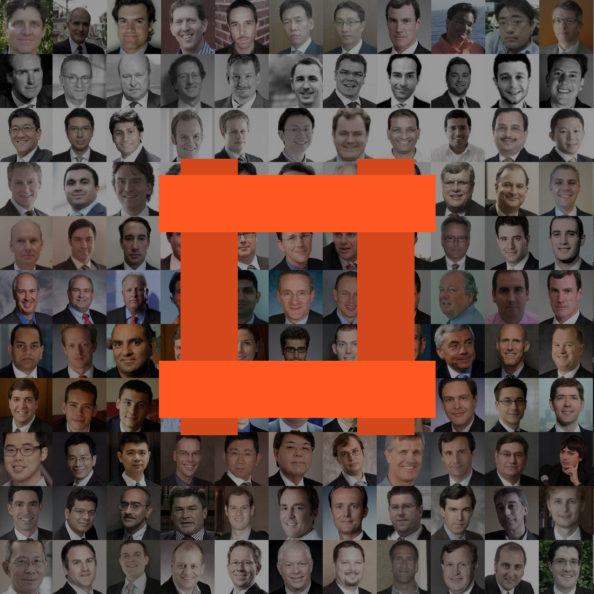Baruch Lev discussed his book, The End of Accounting and the Path Forward for Investors and Managers, at MOI Global’s Meet-the-Author Forum 2022.
This event brings together members and a select group of book authors in the pursuit of worldly wisdom. We are delighted to have an opportunity to inspire your reading.
Research director Alex Gilchrist hosts MOI Global’s Meet-the-Author Forum 2022.
Enjoy the conversation:

Delve deeper: Watch Shai Dardashti’s conversation with Baruch Lev.
About the author:
Baruch Lev is the Philip Bardes Professor of Accounting and Finance at New York University Stern School of Business. In his current position, Professor Lev teaches courses in accounting, financial analysis and investor relations. Professor Lev has been with NYU over 20 years. Before joining NYU, Professor Lev held academic positions at the University of Chicago, the Hebrew University of Jerusalem, Tel Aviv University, where he was dean of the business school, and University of California at Berkeley (jointly appointed by the business and law schools).













